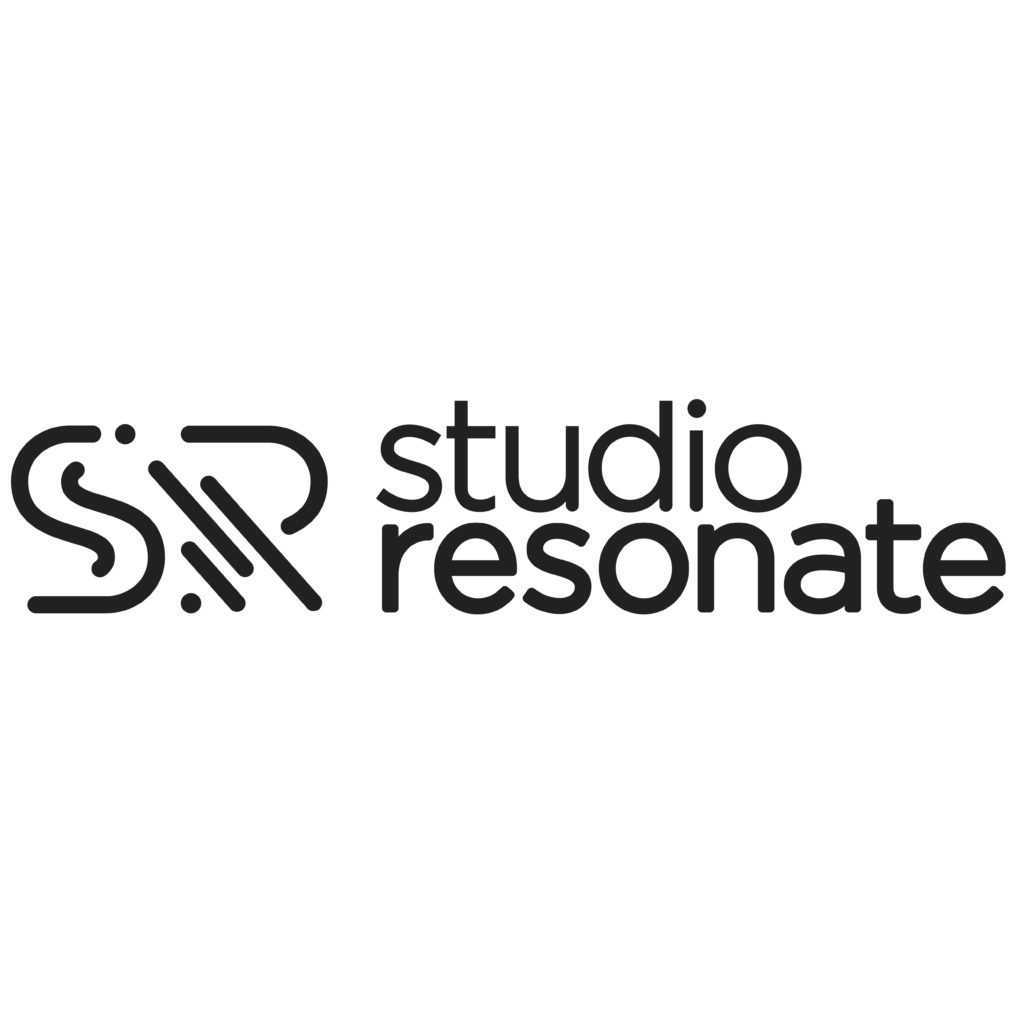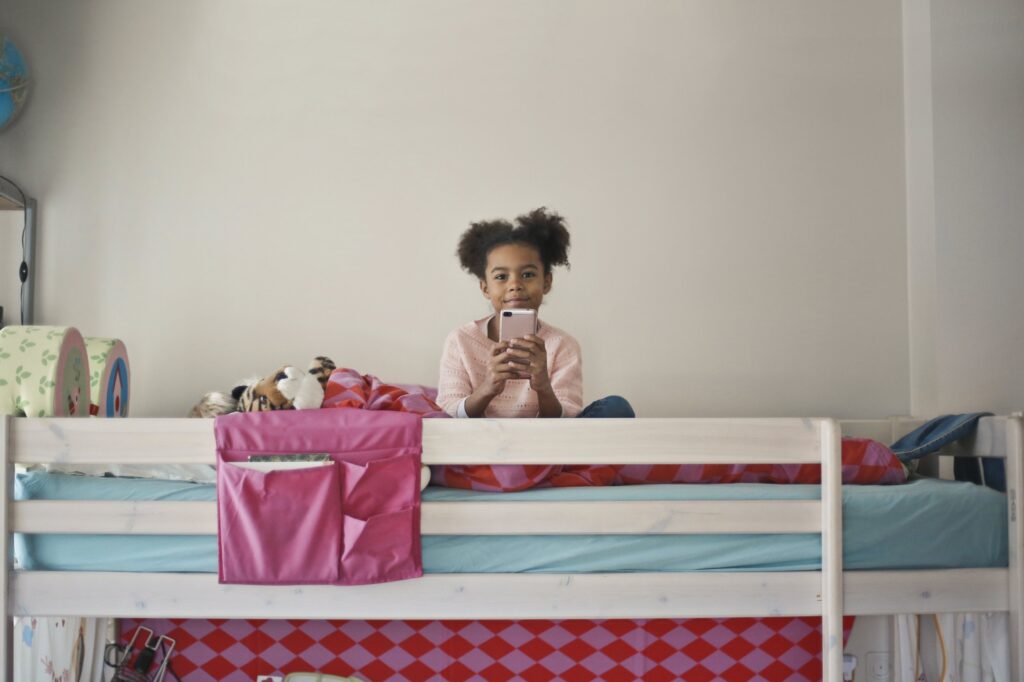Pandora and Studio Resonate

Executive Creative Director Roger Sho Gehrmann of Pandora’s Studio Resonate spoke to me about the future of streaming audio advertising. Studio Resonate, launched in 2019. It was designed as a digital audio production house (the 1st one in the world) with a team of about 50 creatives from all different backgrounds. However, when Pandora switched on the advertising function, they realized that there was a disconnect.
Before streaming, TV and radio spots were the main method of audio advertising. The TV spots were produced at the TV stations and the radio spots were recorded by whichever radio DJ was available that day. Fast forward to now and clients can build their own creative.
The problem is that the ad agencies haven’t quite caught up with the production demand.
Clients could create the content but the agencies couldn’t produce the audio assets.
Roger Gehrmann
Roger and the team realized that the real need wasn’t in being solely a production house. They needed to reposition themselves as an audio agency and consultancy to fill that void, educate both client and agency, and create opportunity for Pandora as well as their clients.
Pandora and Data

First and foremost, Pandora is a data company. They analyze things like what voices resonate with what audience, what drives emotional reaction, and what is the listeners immediate reaction towards purchase.
Over the years, Pandora’s Music Genome Project has been gathering extensive musical knowledge of the listener. This creates a very personalized listening experience. With the information, along with the team’s audio expertise, Studio Resonate is qualified to create audio advertising appropriate to the platforms’ documented listening tendencies.
As of 2020, Studio Resonate had produced over half a million audio ads.
“We’re hopefully helping those creative agencies realize the importance of audio and why they need to focus on it. Not just as a media channel but as a primary way of moving hearts and minds.”
Roger Gehrmann
The Power of Pandora’s Genome
Pandora’s data allows incredible machine learning in consumer habits and preferences. Some may find this invasive. Others may see it as a less frustrating listening experience. If, for example, the listener wasn’t sure what they wanted to listen to, Pandora’s engine could be able to draw from their past listening history to offer them music they’d be more likely to enjoy.
Another example would be when someone changes their musical styles. Moving forward, the analytics already acquired can appropriately adapt as they now know a change in style has happened from that location.
Pandora has the longest and largest amount of listener data compared to any other streaming platform in the world. No one else has data like that at scale.
Roger Gehrmann
Pandora and Hasbro
Pandora worked with Hasbro on a project to create carefully curated music playlists for their board games. All the listener has to do is say “Play the official soundtrack to Risk on Pandora” to your smart speaker. As long as Pandora is on that smart speaker, they will be able to listen to that “official” playlist.

Communicative Sound
There’s a difference between talking to a family in a car vs. speaking into headphones. The way you project is different, your messaging is different, your inflection is different.
For the Studio Resonate team, that has been a source of inspiration. Paying attention to the context that the listener is going to be in is key. I’ll be excited to see what creative community building Pandora comes up with next.
Voice First Ad
Beta testing began at Pandora in December for voice ads with a select few of their clients. These ads are voice responsive. In these tests they found that “ads with higher engagement seemed to be those that were entertaining, humorous or used a recognizable brand voice”.
According to Pandora’s data, 47% of listeners enjoyed the ads, 30% were neutral; and only 23% didn’t like them at all. 72% found the ads easy to engage with. As the majority of people enjoyed them, alongside the statistic of agreed ease of use, voice responsive ads will be undoubtedly quicker for consumers to accept and utilize.
Pandora is now rolling out a little broader of a test with more clients producing voice ads. These new voice ads will be available to non premium subscription Pandora users. Brands enrolled in this next phase include AT&T, Doritos, KFC, Lane Bryant, Purex, Unilever, T-Mobile, Home Depot, Volvo, Xfinity, and Acura to name a few.
Kids and Voice Technology

Roger and I are both parents to young kids so of course we explored their usage of voice technology. In our discussion, Roger expressed how voice first technology opens up a childs’ mind to language differently. They instinctively know to simplify their syntax when speaking to Alexa.
[My son] knew he’d get a better result [with Alexa] if he simplified his syntax.
Roger Gehrmann
Both of us agree that we should be utilizing the technical understanding of a child to improve and expand our smart technology. Figuring out a childs’ intuition and innate curiosity towards smart technology would be a huge advantage to creating and producing tech of tomorrow.
Most of us reading (and writing) this article did not grow up with technology. Personally, I didn’t have a computer in my home till high school and I didn’t get a cell phone till well after college.
Most of us learned technology from a different starting point than today’s child. Now, a child is born into technology and as a result is able to understand, process, and utilize it at a faster rate than we ever could.
If we are mindful of a childs’ usage, technology does not have to be feared. In Roger’s opinion, it’s about the content not the device. Tech can be used to help progress a childs’ learning and imagination with various touch and voice interfaces. Giving them this gives them a head-start on coming up with something amazing in the future.
Both of us concluded that, “As adults, we’re setting the foundation [for our children] and they’ll create the architecture.” Their fundamentals are different than ours and I believe we need to be mindful and embrace that rather than hold them back to a world that we grew up in that doesn’t exist anymore.
Psychology Of Sound
The power of sonic strategy plays is fully utilized by exploring the psychology of sound. Pandora started building out their “6 dimensions of sound” to convince brand owners that you need to take sonic strategy just as seriously as other elements of brand strategy.
Take the time to read the whole article but in summary, Pandora expressed 6 functionalities of sound that helps drive marketing of a brand or product. Resonance (the meaning and context), perception (understanding of the meaning), identity (expression in messaging), action (the inspiration of action), and storytelling (how perception is driven).
In Conclusion
“Creativity is inherently human.”
Although it may feel that technology is invading the space of creatives and that people’s jobs are at risk, Roger and I don’t believe that it will take over human function and necessity completely. Although there’s a lot of things out there that can mimic the spontaneity of human thought and creativity, human thought and creativity is still uniquely ours.
Voice technology, if anything, could open up and create completely new audio expressions. Imagine the possibilities of creating entirely new voices that biologically we are limited to do on our own. Right now, we identify with region, gender and dialect differences but sound itself holds an infinite amount of possibilities.
We’re limited [now] by the biology of our mouths, throats and chests. If those limitations were lifted and we could create anything we wanted, what is that going to be?
Roger Gehrmann
Related Articles on Voice First
For more articles on Voice First, check out:
Developer Diversity in AI Creates The Best Product
Ready to Create?
Dreamr Productions would love to help. Contact us today for more information.


